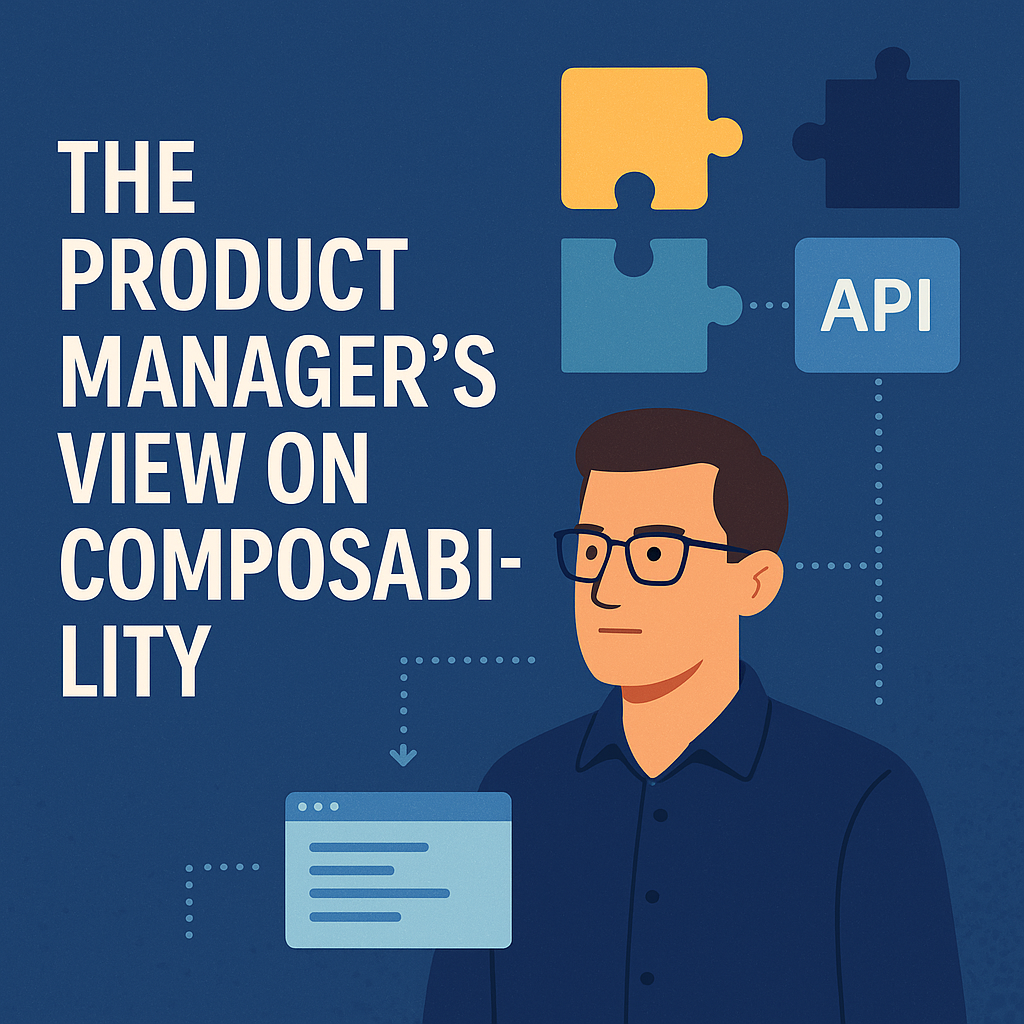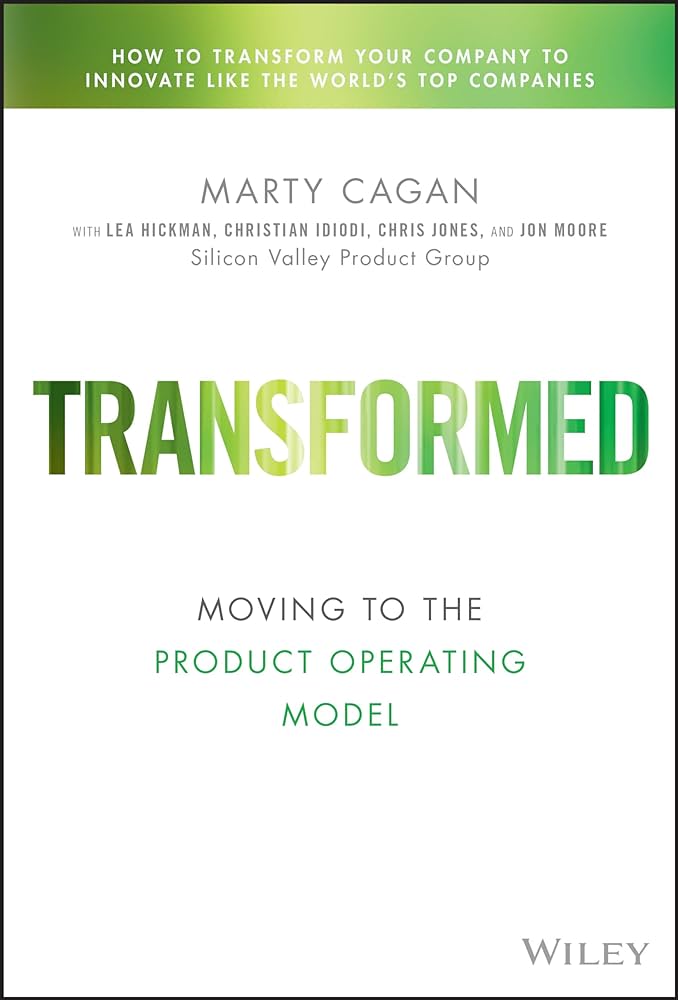The Product Manager's View on Composability

Composable Definition and MACH
Composability, also known as Composable solutions or Composable commerce, is a design principle in which individual components or services are modular, independent, and interoperable. It allows them to be easily combined, reused, or replaced to build complex systems.
We have a custom-built core product for software businesses, whether a monolith or a set of microservices. In addition, you (when I mention you, I mean a product, area, or organization) have several external integrations with different levels of complexity.
For non-software businesses, several vendors of different scales have some in-house solutions. Those businesses are the primary beneficiaries, as Composable is a way to eliminate vendor lock-in and gain more control while also being flexible enough to adapt to market changes.
Composable addresses the latter case by using "best-of-breed" components available, whether market or house-built and adapting them according to business requirements.
To build such a miraculous system, you need middleware that connects several headless subsystems via API and provides governance and data consistency.




